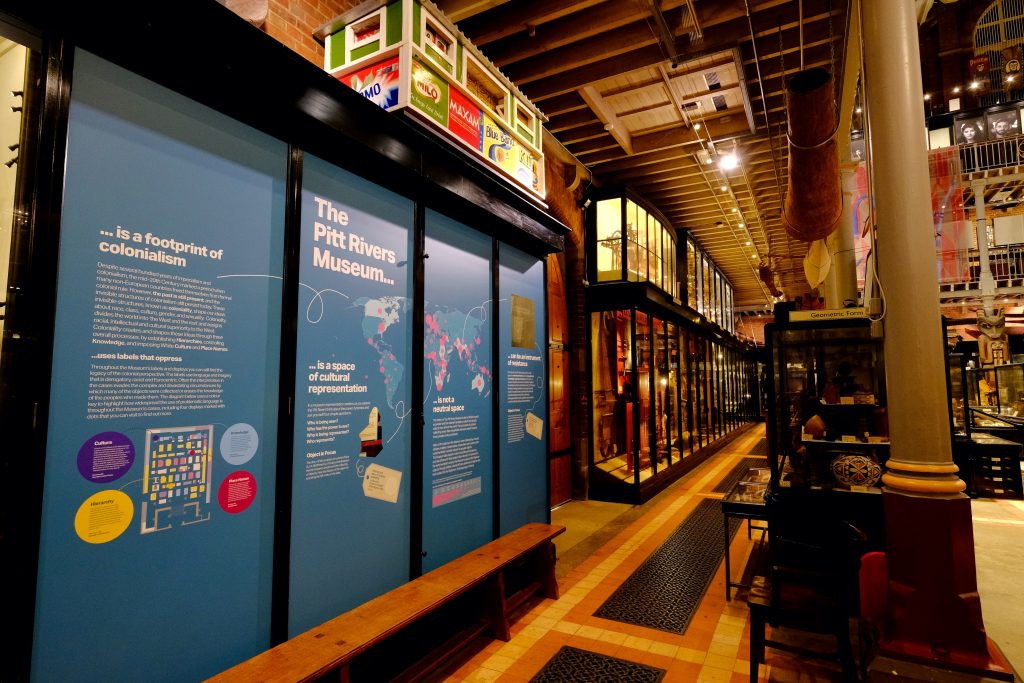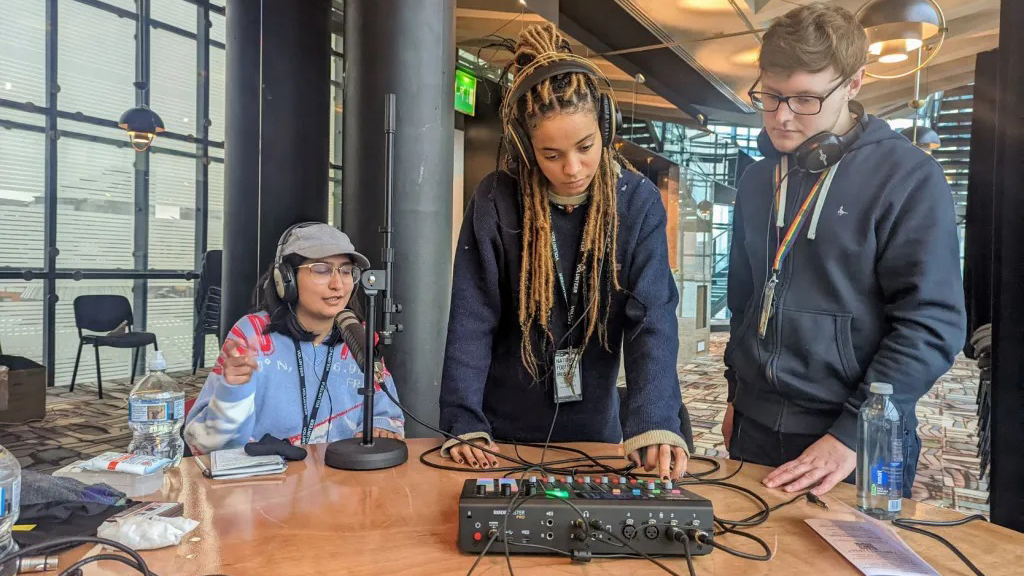External communications
By the time you go public with your project you should already know your objectives and key messages. Having that strategy set in advance makes it easier to adapt your messages to external audiences and align them with the existing comms plans.
When going public with your decolonisation practice you should think carefully about the channels you want to focus on and the voices you want to centre. If you have limited capacity to engage, it might be useful to focus on channels such as a blog or website rather than social media which requires more resources.
It’s important that this work feels part of the wider institutional communications. If we silo the work, and its communications, we undermine the public and the sector’s confidence that this is a meaningful practice for the institution (not just a short-term project). We need to demonstrate that this is not a token gesture, especially when working with local or diaspora communities. This also insulates the institution from criticism that it’s ‘following a trend’ or responding to ‘woke minorities’.
A note on the word ‘decolonisation’
We recognise that many institutions struggle with the word decolonisation. The work of decolonising museums involves creatively reimagining the way museums work, who they work with and what they value. That’s what’s important. If there’s pressure to use alternate words for your project, that’s fine. Use the language that enables you to do the work.

Engaging with media
Setting your media engagement strategy should start with your capacity. If you don’t have an internal press officer or media team, consider getting outside support to assist with press releases, media requests, and spokesperson guidance. This support should be built into a project budget at the beginning if possible.
If you do have an internal team, meet with them early to assess the potential impact of your project. Many decolonisation efforts come with a harsh media spotlight so it’s essential to prepare. Be prepared for journalists to come with their own angle.
Engaging with media, especially broadcast, is a skill. Finding the right voices within your organisation comes down to trust, comfort, and confidence. Ideally you will have someone who has been meaningfully engaged with the project as a key public voice, but if not, ensure you’re upskilling whoever will handle marketing and media requests on the policy and collections implications of the project. It’s also important to ensure that senior leadership and/or trustees have a voice in your communications. The institution’s leadership should be ready to engage if the project sparks public debate or conversation.

Responding to negativity and controversy
Listen to the criticism and allow that to shape your comms indirectly/implicitly. Where possible, point to existing work to demonstrate a long-term commitment to your organisation’s decolonisation work. Research (linked below) shows that commentators often use the same malicious tactics to disrupt productive engagement with these topics. They include:
- Exaggeration: Creating a ‘media moment’ out of an otherwise benign story by distracting from the facts
- Fabrication: Fueling conflict by fabricating a story that contributes to their chosen narrative
- Distraction: Shifting the conversation from the issue at hand to a trivial, binary action or event
You can’t anticipate every challenge but objections to the work undertaken as part of the decolonisation process are pretty standard. Make sure that you’re ready to defuse, ignore, or shift your messaging to engage in the moment. For more help with this check out our 5-Point conflict checklist at the end of this guidance.
Additional resources
Image: Maasai representatives working with the Pitt Rivers Museum on the care of sacred Maasai objects © Pitt Rivers Museum, University of Oxford, John Cairns